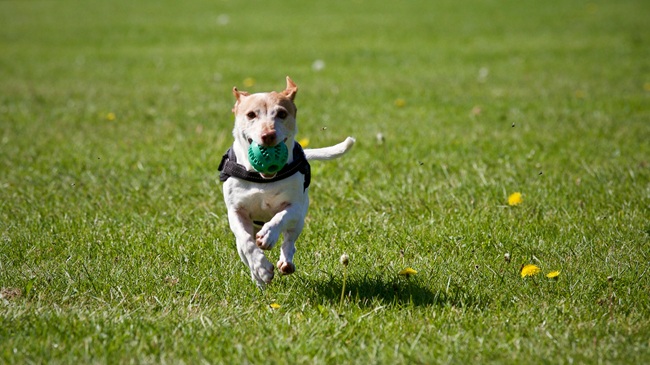
Dogs are naturally energetic creatures with a strong need for physical activity. Just like humans, dogs require regular exercise to maintain good health, both physically and mentally. Beyond health, regular exercise also plays a crucial role in shaping a dog’s behavior, improving their mood, and preventing the development of problematic habits.
In this article, we will explore the importance of exercise for dogs and how it contributes to fostering good behavior.
1. Physical Health Benefits of Exercise
The most obvious benefit of exercise for dogs is physical health. Regular activity helps maintain a healthy weight, which can reduce the risk of obesity-related conditions such as diabetes, joint problems, and heart disease. Exercise also strengthens muscles and supports cardiovascular health. Whether it’s running, walking, swimming, or playing fetch, consistent movement keeps a dog’s body in top condition.
For certain breeds, especially working or sporting dogs, higher levels of physical activity are required to meet their natural energy levels. Without sufficient exercise, these dogs may become frustrated or develop health issues that could shorten their lifespan.
2. Mental Stimulation and Cognitive Development
Exercise is not just about burning off energy; it also provides mental stimulation. Dogs are intelligent animals that need to use their brains just as much as their bodies. Activities like agility courses, puzzle toys, or simply exploring new environments can stimulate a dog’s mind and help prevent boredom.
A mentally stimulated dog is less likely to engage in destructive behaviors like chewing furniture, digging, or excessive barking. When a dog’s mind is engaged, it reduces stress, anxiety, and the likelihood of developing behavioral problems associated with boredom or anxiety.
3. Exercise as a Tool for Training
Exercise is a critical component of any dog training program. A tired dog is more likely to be calm and receptive to commands, which makes training easier and more effective. Pent-up energy can make a dog restless, leading to disobedience or hyperactivity.
After a good workout, dogs tend to be more focused and relaxed, allowing for better concentration during training sessions. Engaging them in regular activities can also reinforce positive behaviors, like recall, sitting, and staying, as dogs learn that good behavior is often rewarded with more opportunities to play and exercise.
4. Socialization and Good Manners
Regular exercise often involves walking or visiting dog parks, which provides excellent opportunities for dogs to socialize with other animals and people. Proper socialization is key to preventing aggressive or fearful behaviors in dogs.
When a dog is regularly exposed to new environments, sights, and sounds, they become more adaptable and well-mannered. This prevents them from becoming overly anxious or reactive when encountering new situations. Interacting with other dogs during playtime also teaches valuable social cues, like how to play nicely and when to back off, which leads to better behavior overall.
5. Preventing and Managing Behavioral Issues
One of the main reasons dogs develop behavioral problems, such as excessive barking, chewing, or digging, is a lack of sufficient exercise. When a dog has too much unused energy, they will find their own outlets, often leading to unwanted behaviors. Dogs that are left alone for extended periods without proper exercise are also at higher risk of developing separation anxiety.
By ensuring a dog gets adequate physical and mental exercise, you can help manage and prevent a wide range of behavioral issues. A tired dog is less likely to become destructive or engage in unwanted behaviors.
6. Bonding with Your Dog
Exercise is also an opportunity for owners to bond with their dogs. Whether it’s a walk around the neighborhood, a hike through the woods, or a fun game of fetch in the backyard, these activities strengthen the human-dog relationship. Dogs crave companionship and enjoy spending time with their owners, and shared exercise time fosters trust, affection, and a strong emotional connection.
A well-exercised dog will likely be happier, more relaxed, and more responsive to their owner’s commands, contributing to better overall behavior.
Conclusion
Exercise is vital for a dog’s well-being. It not only keeps them physically healthy but also contributes to mental stimulation, better socialization, and overall good behavior. Lack of exercise can lead to both health problems and behavioral issues, while regular activity helps create a happy, well-adjusted dog.
By incorporating daily exercise into your dog’s routine, you not only help them lead a healthier life but also foster positive behavior, which strengthens your relationship and improves the quality of life for both you and your pet.


Comment here